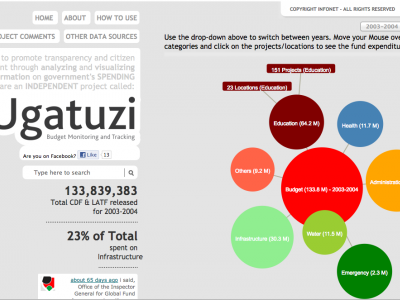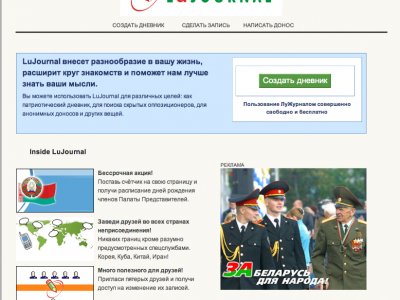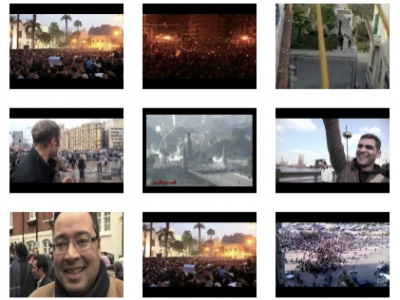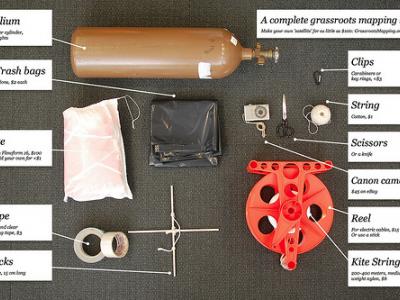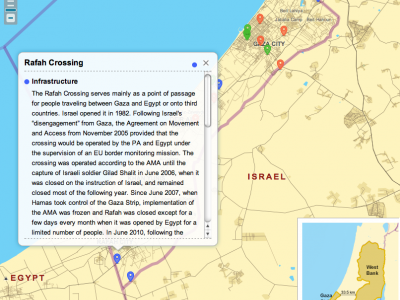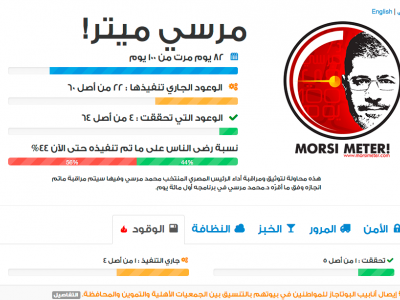Tips on planning a site made with Content Management Systems
- Think about what format your content will be in. Do you want quick bites of information? Or longer, more in-depth articles? Will the articles be updated frequently, or not? Thinking this through will help you in developing a design and choosing modules that will suit your site.
- Content is king. No amount of bells and whistles (e.g. widgets, menus and so on) are going to make up for inadequate or poorly edited content.
- Purchase your domain name early. Use the lookup service at WHOIS to determine which domain names are still available.
- Make sure the organisational structure of your site is well planned out before you start to build. Think from the point of view of the user: is content easy to find? The attention spans of internet users are short, and time wasted in looking for content may lead to people leaving your site too quickly.
- How many users will be actively using the site? How many contributors, editors and administrators do you have? Break down what kind of access privileges different users will need, and assign permissions accordingly.
- Use a development server, or a local server simulation, to create and test the site before going live / uploading it. This is especially useful when an old site already exists at the URL you will be using.
- Test your site on a variety of browsers and operating systems. Use Screenfly to simulate different screen sizes and mobile devices.
- Check this guide for help on choosing which type of CMS is better for your needs.
Social Media Tips:
- Post content regularly and often. In terms of time investment, 7-10 hours a week is generally sufficient, but it should be spread out over 4-5 days, with 1-2 hours each day.
- Be as responsive and transparent as possible.
- In terms of timing, posting mid-week is generally best. Time your posts for when you know users will be online; after 5pm there is generally a spike in usage.
- End your posts with a question. People are more likely to respond to a post that is in question form than a simple statement.
- Offer content with good value, and stay on topic.
- Draft up a social media workflow that is tailored to the needs of your organisation. Start with all the social media platforms that your organisation uses, and decide how they feed into one another. Have a contingency plan in case of a crisis situation.


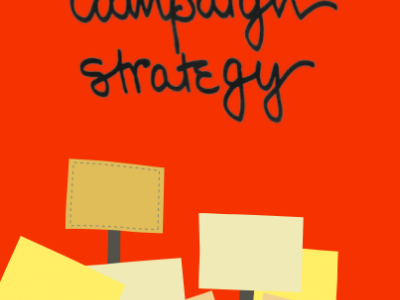




















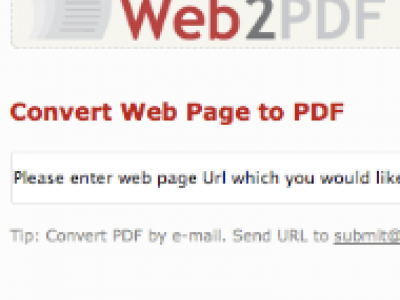

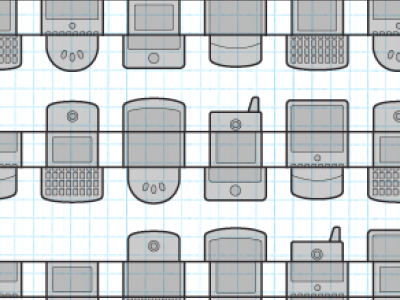




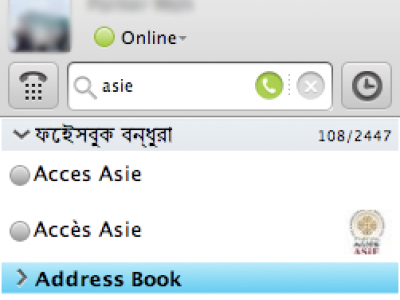


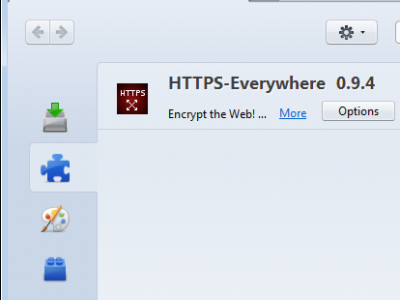
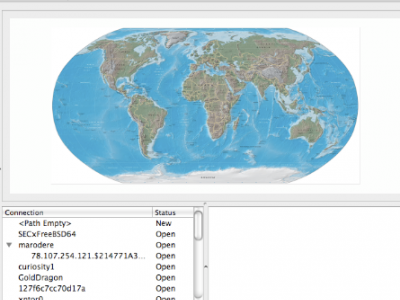
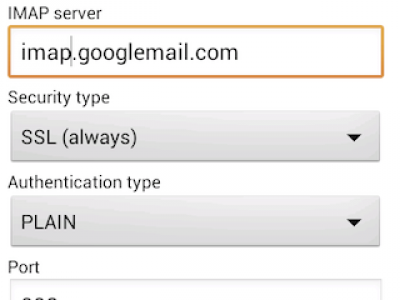
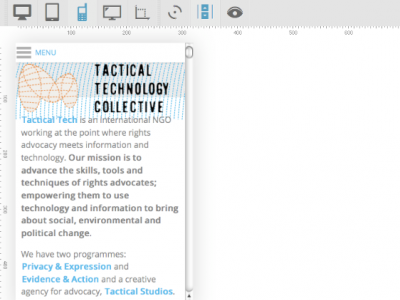
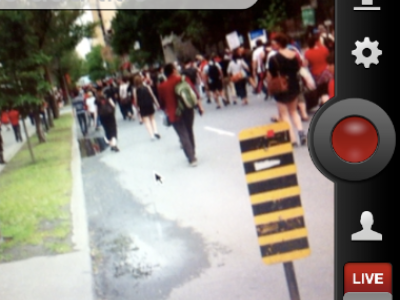

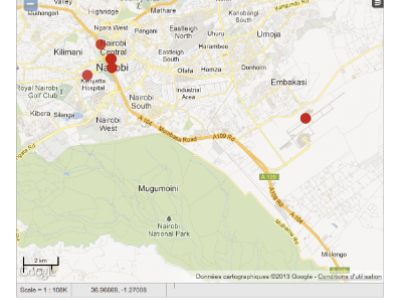
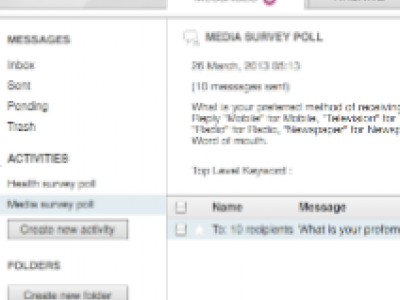
.png%3Fitok=rF0KWQB6)


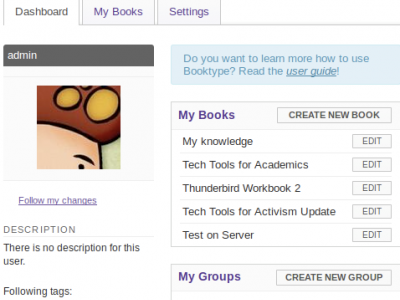



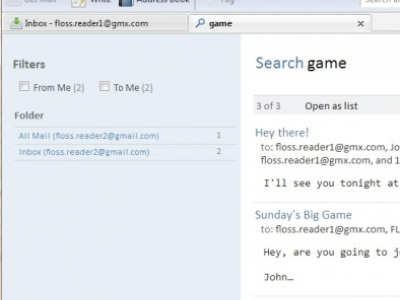
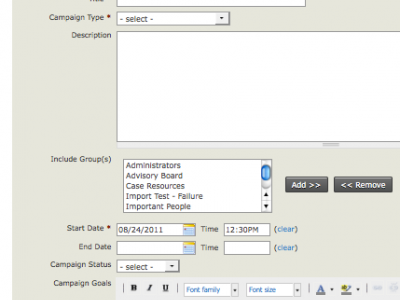
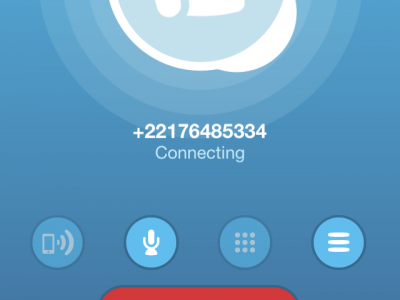
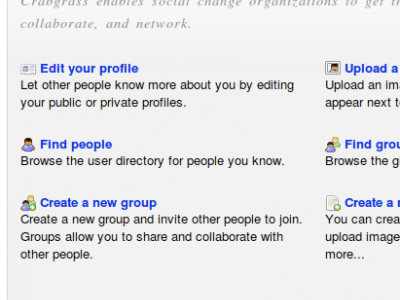

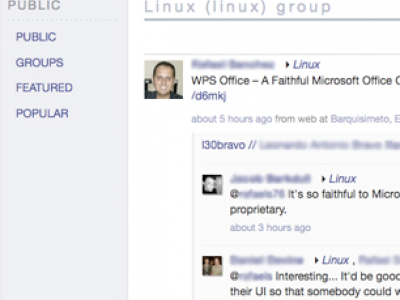
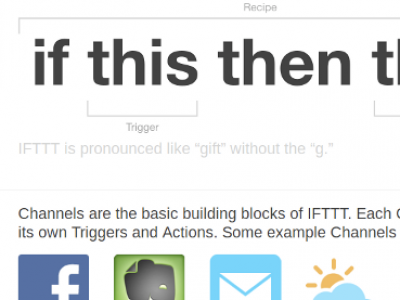

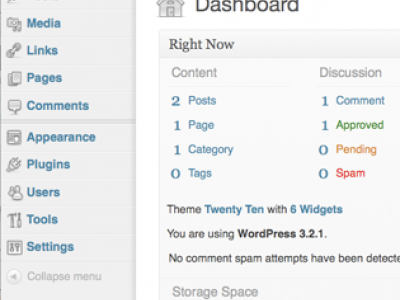
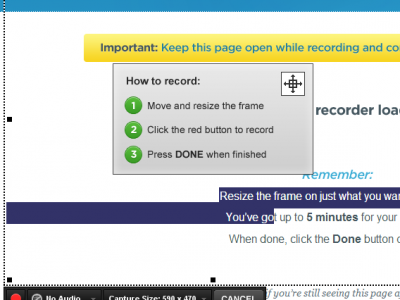
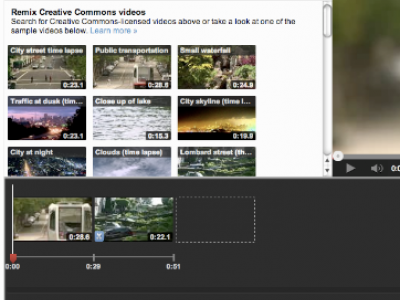

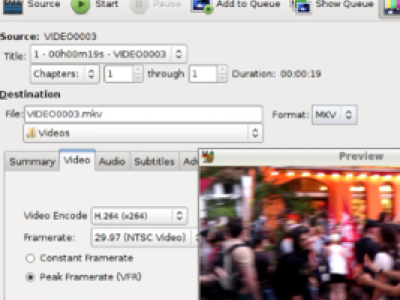




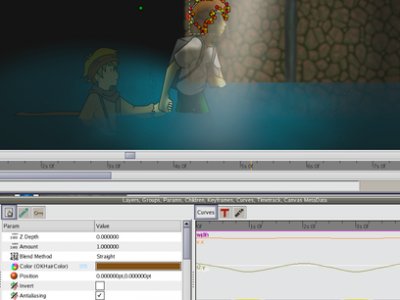
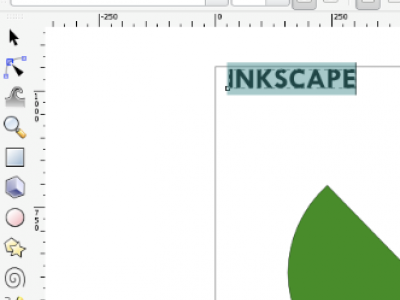
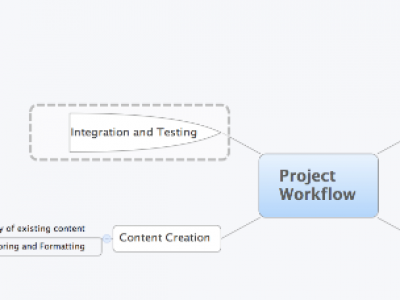
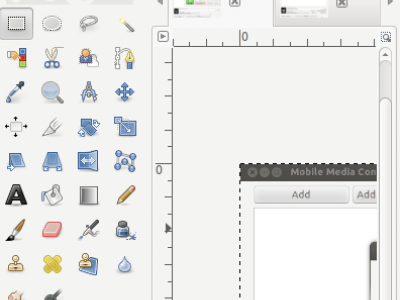

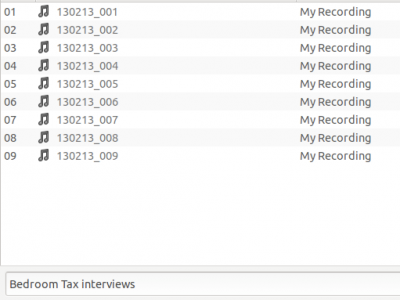
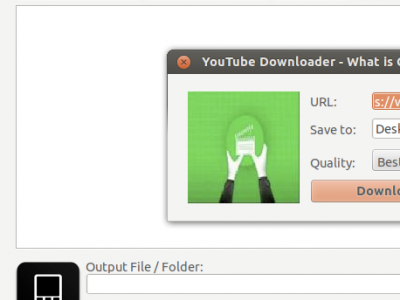












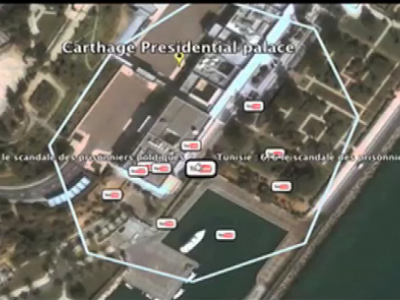




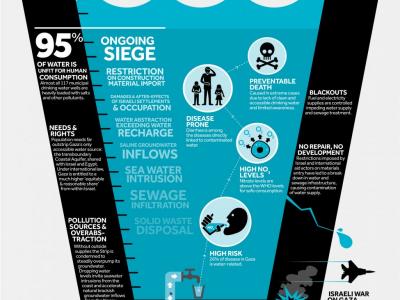
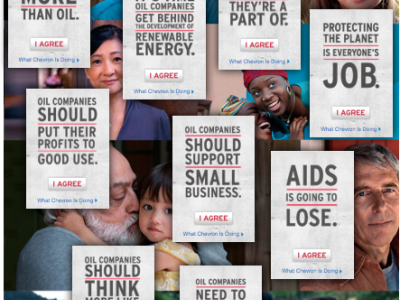
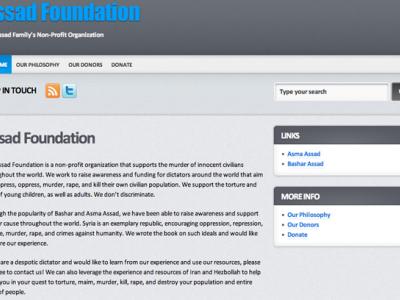

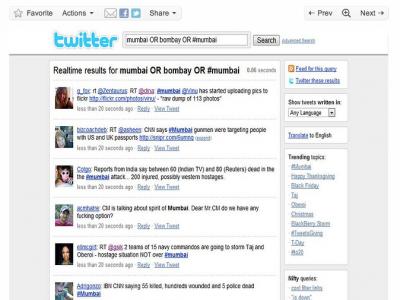


.jpg%3Fitok=pXDTLHzY)
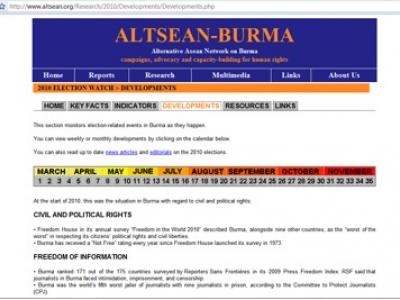


.jpg%3Fitok=3tJxk_zi)
.jpg%3Fitok=AIh9YY_n)
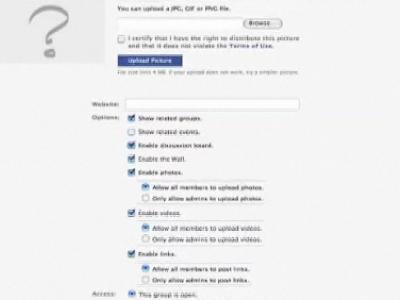



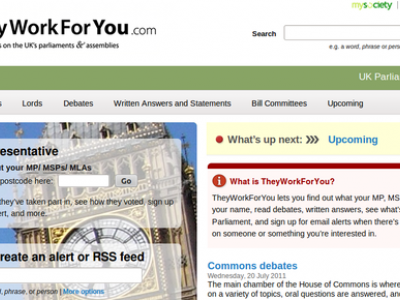



.jpg%3Fitok=1X702tBf)
